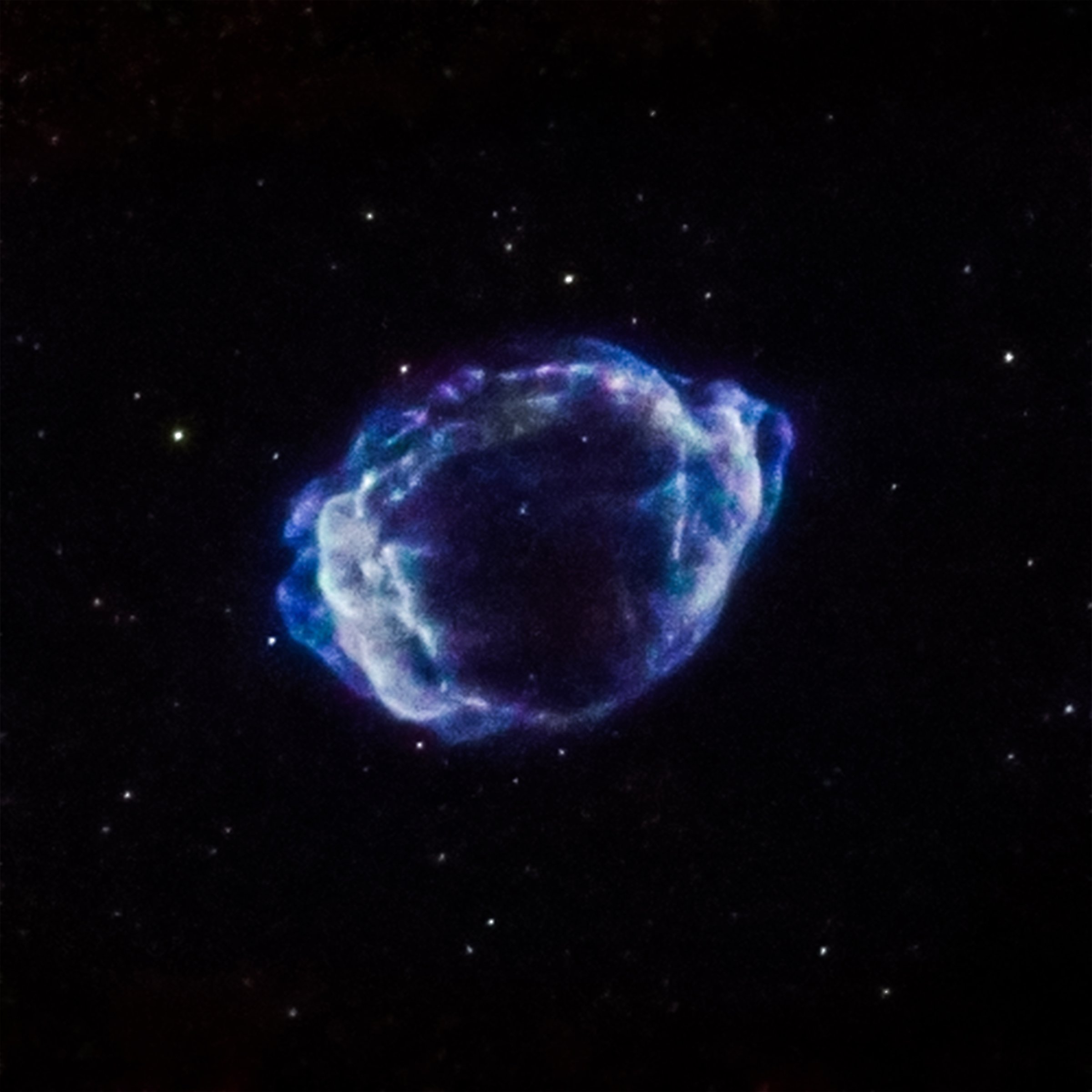
A collision between two white dwarfs—the remnants of a small star—likely caused the most recent supernova in our galaxy, according to new research.
The study, which relied on data from NASA and was published in The Astrophysical Journal, relied on new methods for understanding supernovas. Researchers estimate that the most recent supernova occurred around 110 years in a part of the galaxy not easily visible from Earth.
Researchers say that the new findings could help astronomers understand the rate at which the universe is expanding.
More Must-Reads from TIME
- Cybersecurity Experts Are Sounding the Alarm on DOGE
- Meet the 2025 Women of the Year
- The Harsh Truth About Disability Inclusion
- Why Do More Young Adults Have Cancer?
- Colman Domingo Leads With Radical Love
- How to Get Better at Doing Things Alone
- Michelle Zauner Stares Down the Darkness
Write to Justin Worland at justin.worland@time.com